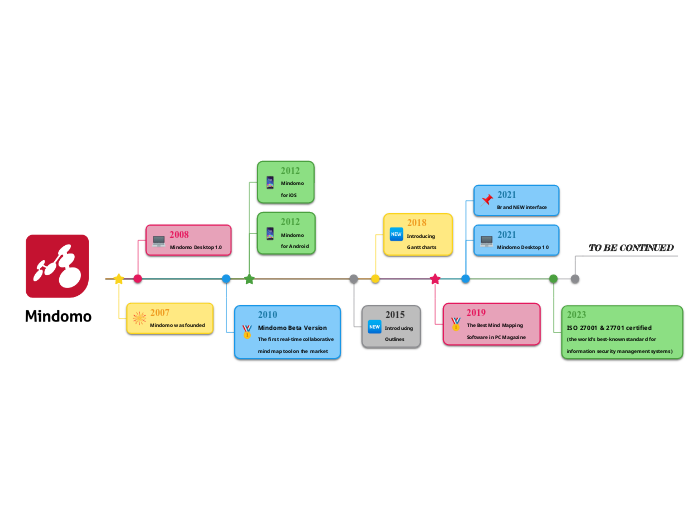par Ryan Goldie Il y a 8 années
291
GDPI-PME 801 Collaborative Inquiry - Ryan Goldie
Effective educational inquiry necessitates a stable environment, structured leadership, and well-defined protocols. Successful implementation relies on organizing collaborative teams, often involving teacher-leaders, and balancing support with pressure to sustain long-term efforts.









